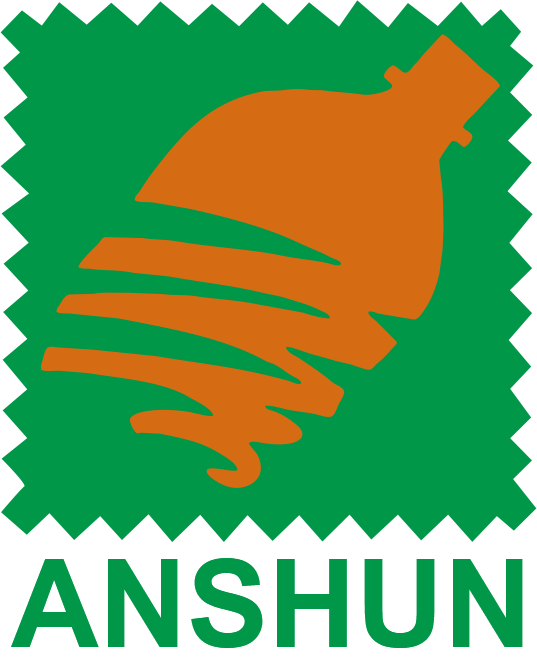Regenerated Polyester Staple Fiber: An Eco-Friendly Journey from Waste to Renewal
On this blue planet we call home, resources are finite—yet human needs never cease.With the advancement of industrialization, the excessive use of fossil fuels has led to severe environmental issues—air pollution, the greenhouse effect, and resource depletion.……GroundThe Earth is silently calling out to us. The widespread use of plastic products made from fossil fuels has led to…The issue of plastic pollutionIt also threatens the health of the planet—and even human health.
And we, as guardians of the Earth, must make a change.


This isn’t just about recycling resources—it’s a commitment to our planet.
In the corners of the city, discarded plastic bottles and piles of old clothes grow higher and higher; in factory waste heaps, leftover spun fibers are mercilessly dumped. These seemingly worthless scraps, however, actually hold tremendous potential. Coupled with the environmental impact of industrialization, this has made us increasingly mindful of protecting terrestrial ecosystems when sourcing raw materials. That’s why we’ve decided to breathe new life into them.
This is a perfect blend of environmental sustainability and quality—a responsibility we owe to our planet.
Leveraging a dual technology approach—physical recycling and chemical recycling—we reprocess these polyester materials and used clothing through a series of intricate steps, including cleaning, melting, and spinning, ultimately transforming them into recycled polyester staple fibers.

The birth of recycled polyester staple fiber is not just about reducing waste and minimizing environmental harm.
We deeply understand that only high-quality products can earn market recognition.
Our recycled fibers perform almost identically to virgin fibers—they offer high strength, excellent abrasion resistance, and great shape retention, while still maintaining the comfortable feel of polyester. More importantly, for every ton of recycled polyester staple fiber we produce, we save approximately 6 tons of petroleum resources and reduce CO₂ emissions by 3.2 tons.
Currently, it has been widely applied in fields such as building materials, home textiles, carpets, automotive interiors, and spinning.





We customize products tailored to our customers' specific needs—whether it’s fiber fineness, length, color, or functional properties. We can also equip them with features like flame retardancy and low melting points.

